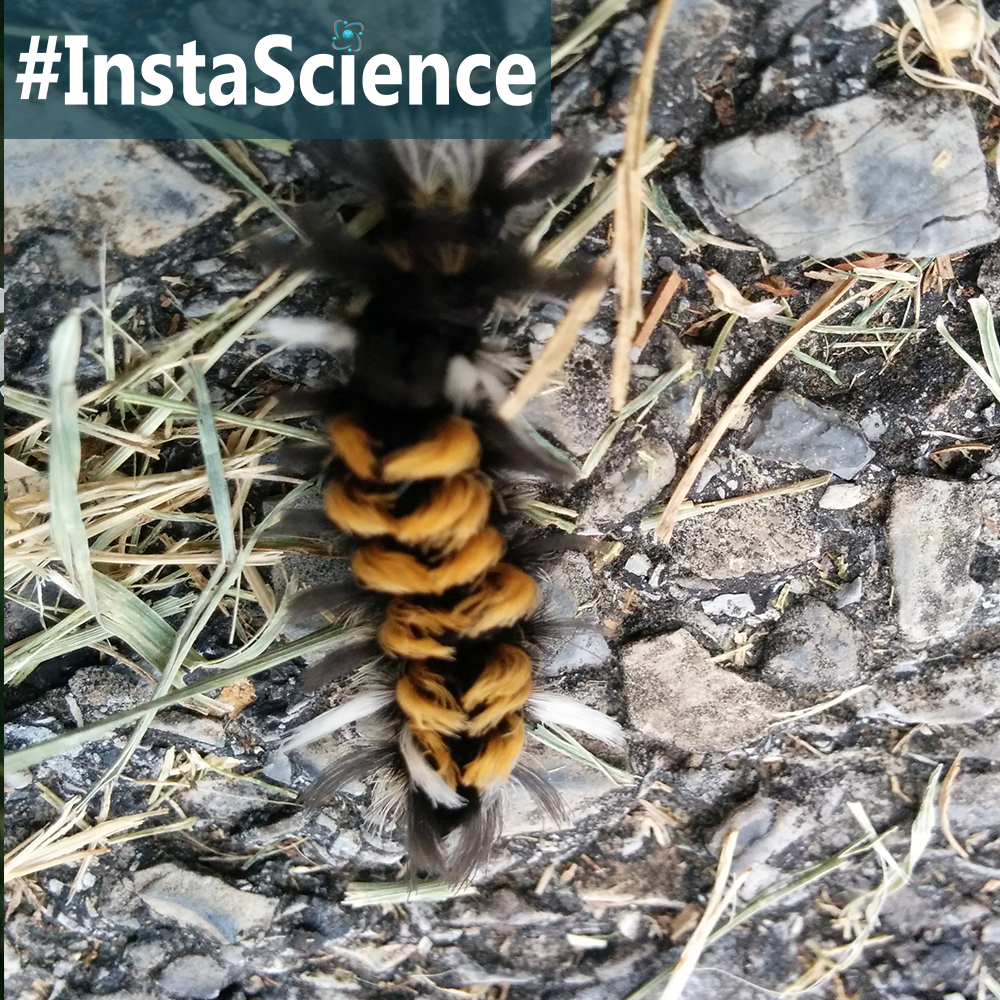
As I sat with my cup of coffee in hand looking out at nature the other morning, I spotted a hairy little caterpillar making its way up a milkweed stalk. The furry orange and black creature was a milkweed tussock caterpillar, which are pretty common around this time of year.
The milkweed plant is the most common host plant for this type of tussock caterpillar. The female tussock moth lays eggs in clusters on the leaves. These eggs are tiny and cream in color.
Once the milkweed tussock caterpillar hatches, it starts chomping down on the surrounding the milkweed leaf. Since, the milkweed plant is toxic, these caterpillars also end up being toxic and not-so-good-tasting to predators.
The milkweed tussock caterpillar has many black and white or orange hair-like “pencils” of differing lengths covering its body. These hairs give a bright contrasting appearance that serves as a warning to predators. But it also makes them easy for us nature lovers to spot.
The milkweed tussock caterpillar will continue to eat until it spins a cocoon, where it will develop into an adult moth. The adult moth has gray wings and a yellow or orange abdomen with rows of black spots down on its back.
Fun Fact
The milkweed tussock caterpillar has the cardiac glycosides stored in its body that emits an ultrasonic signal as another way to warns the predator that an attack will be rewarded with a noxious distasteful meal.
Learn More at the Following Website Links
- http://bugoftheweek.com/blog/2014/8/22/the-other-milkweed-caterpillar-milkweed-tussock-moth-ieuchaetes-eglei
- http://www.butterfly-fun-facts.com/moths-are-fun/milkweed-tussock-moth/
- https://the-natural-web.org/2013/08/19/milkweed-its-not-just-for-monarchs/
- http://www.backyardnature.net/instars.htm
 Sign up below to receive weekly tips & tools for homeschool science and we'll send you a FREE copy of
Sign up below to receive weekly tips & tools for homeschool science and we'll send you a FREE copy of